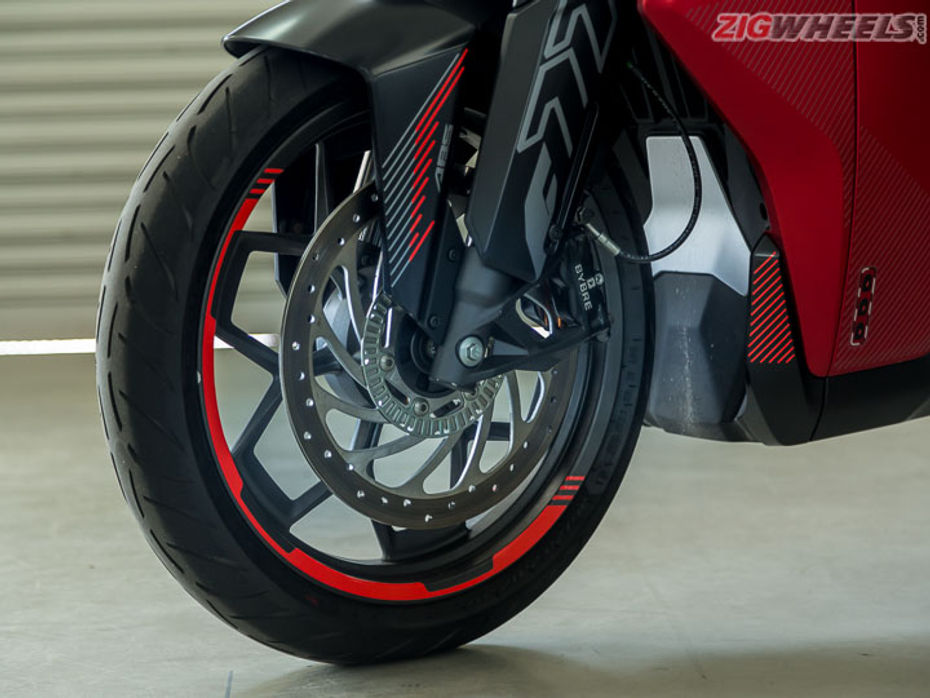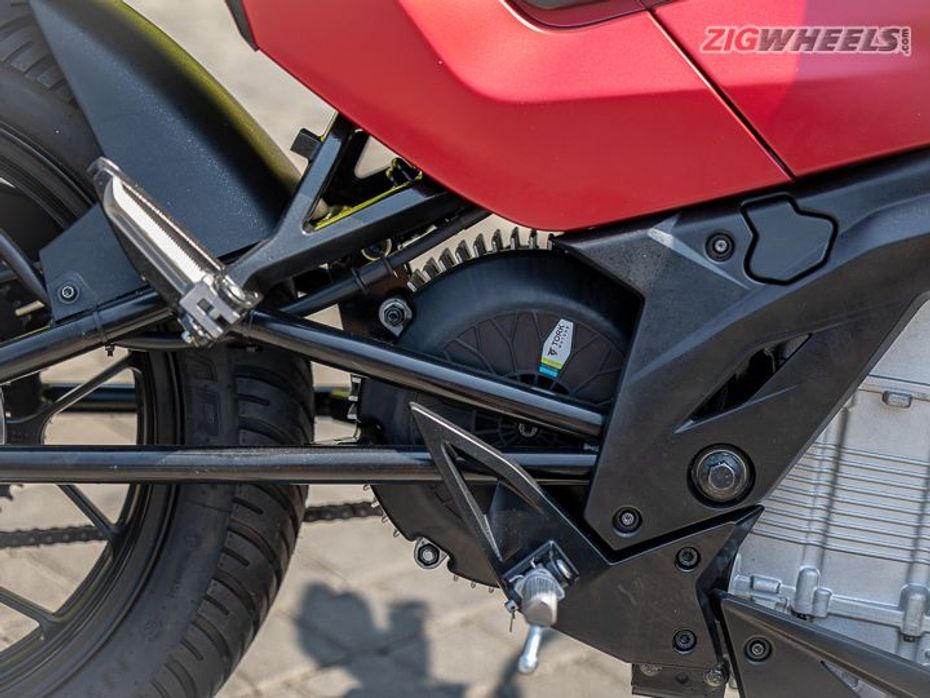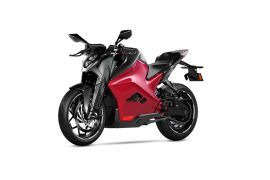
Ultraviolette F77 Real World Test Review | Electrifying Enough To...
- Aug 5, 2023
- Views : 6978


Electric vehicles are fast gaining traction in India. The (relatively) more affordable electricity costs coupled with zero harmful vehicular emissions make them a better alternative to their ICE-engined counterparts. With the current level of technology, EVs’ range is mostly limited by their battery packs. Consequently, several technologies have been designed to extract the most out of a battery, and one avant-garde tech is regenerative braking. Here’s what it’s about:
Harnessing inertia…
A typical EV primarily comprises a battery pack and a motor. Electricity from the battery pack is transformed into rotational motion by the motor, making the vehicle move forward. Now, what happens when you brake or you let go of the throttle? Of course, the vehicle slows down but still keeps moving forward, thanks to the inertia. This inertial movement is significant enough in the beginning, and regenerative technology aims to capture this otherwise-wasted energy and put it back into the battery pack.

…by converting momentum into electricity
Electric vehicles with regenerative braking technology have motors advanced enough to act as generators when applying the brakes or when the throttle is let go. During this situation, the power to the motor is cut off. As the motor shaft slows down, this rotational motion is converted into electricity by the generator. This electricity is mostly sent back to the battery or, in some advanced EVs, stored in capacitors. This way, some of the electrical energy is ‘regenerated’ while braking. Just like any other device, regenerative braking components are not completely efficient, as losses will always be there. That said, it does help in making the EV less inefficient, as part of the expended energy is recycled, in a way.
While an EV uses regen braking, it is essential to note that the vehicle merely slows down in the process, which does not equate to actual braking. Regular brakes will still be required to bring the car to a halt quickly.

Advanced electric vehicles will have more sophisticated regenerative braking systems that will harness energy more efficiently. On the other hand, the efficiency of regenerative braking in electric two-wheelers is usually not that high. Nevertheless, the tech is still a great way to reduce stress on the batteries every time an EV slows down and accelerates again.


Ultraviolette F77 Real World Test Review | Electrifying Enough To...

Ultraviolette F77 Mach 2 Teased Before April 24 Launch

Ultraviolette Partners With Mantra Academy To Develop Apprenticeship...

Ultraviolette-HPCL Strategic Alliance Announced: Fast Charging...

WATCH: Ultraviolette F77 Pulls TWO Commercial Vehicles In Insane...

In 5 Pics: Ultraviolette F99 Factory Racing Program vs F77...

Ultraviolette F99 Unveiled At EICMA 2023: India's Fastest...

This Ultraviolette F77 Reaches 197kmph!

India’s Fastest Electric Bike Is Back!
 Orxa Mantis
Orxa Mantis
 KTM Duke 390
KTM Duke 390
 Royal Enfield Continental GT 650
Royal Enfield Continental GT 650
 Kawasaki Ninja 300
Kawasaki Ninja 300
India's largest automotive community